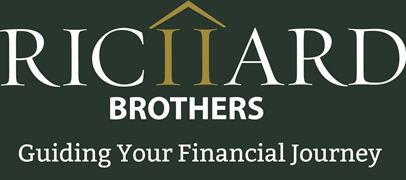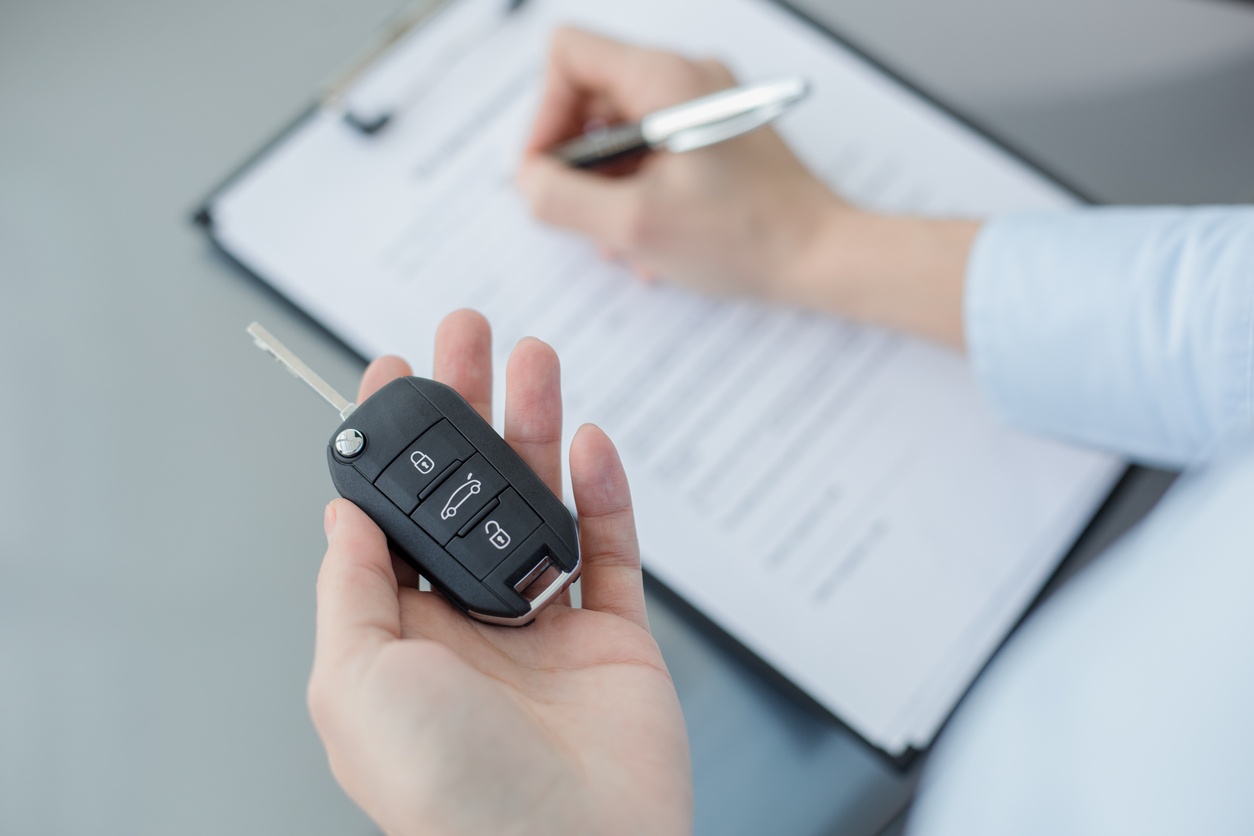
When it comes to getting a new car, you have two primary options: buying and leasing. Each of these options offers different advantages and disadvantages, so it is important to compare them carefully before making an informed choice. Below is some basic information you can use to simplify your decision.
Benefits and Drawbacks of Buying
If you are able to buy your new car without financing, you will own it as soon as the paperwork is signed. Even if you finance the car, you will eventually own it when the lease has been paid off. Once the car has been paid for, you will no longer need to make monthly payments. Buying a new car also allows you to enjoy your vehicle without worrying about mileage restrictions, customization fees or costs for excess wear.
However, there are also some downsides to buying a car. Purchasing a new car requires a larger upfront investment, and you may also need to make a sizeable down payment. In addition, if you take on a long-term loan, you may pay a significant amount of interest over the life of the loan. Furthermore, when you decide to sell or trade in your vehicle, you may not get as much money back as you were expecting if the car has depreciated considerably. In some extreme cases, you may even owe more on the car than it is worth when you decide to get rid of it.
Benefits and Drawbacks of Leasing
Leasing offers certain advantages over buying a new vehicle. For example, with a lease, you are likely to have a lower monthly payment than you would if you purchased a new version of the same car. In addition, you won’t have to worry about selling the vehicle when you are ready to get another one. Instead, you can simply drop the car off at the dealership when the term of the lease has ended. Furthermore, you won’t need as much of a down payment, and your car will typically remain covered under the warranty for the duration of the lease contract.
One of the primary drawbacks of leasing a car has to do with its ownership. You are not the owner of a leased vehicle, and the leasing company will be able to restrict the number of miles you drive and control when you perform maintenance. If you drive more miles than your contract allows, you will be required to pay excess mileage charges that can add up quickly. In addition, if you put more wear and tear on the vehicle than expected, you will pay additional fees. Finally, most leasing companies require you to have excellent credit and pay for GAP insurance in order to qualify for a lease.
Making a Decision
Both buying and leasing can be beneficial in different circumstances, and neither of these choices will be right for everyone. To make the best decision for you, consider each of these options carefully and compare them to your needs and goals.
Richard Brothers Financial Advisors



